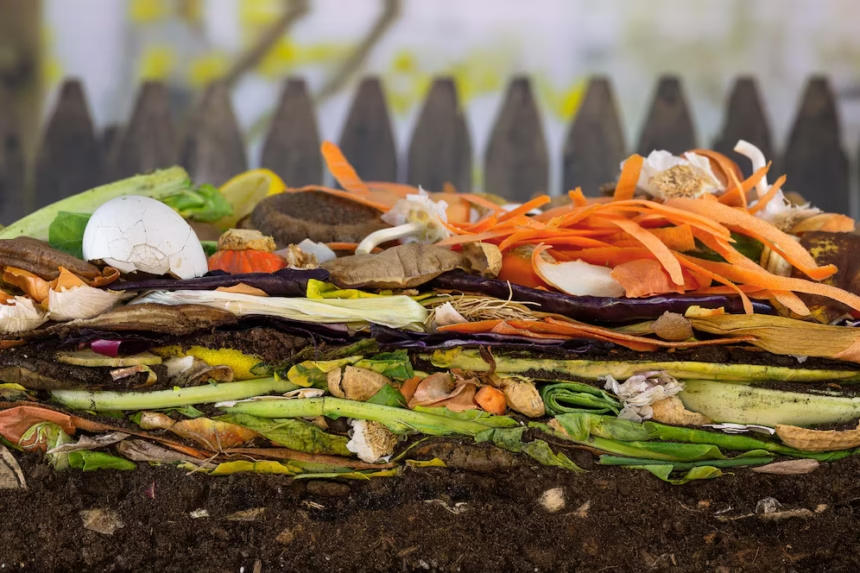Composting is a natural and eco-friendly way to recycle kitchen and garden waste into nutrient-rich organic fertilizer. Making compost at home not only reduces landfill waste but also improves soil health and boosts plant growth. Whether you live in a house with a backyard or a small urban space, home composting is easy, affordable, and highly rewarding.
What Is Compost?
Compost is the end result of the decomposition of organic matter. It contains beneficial microorganisms and nutrients that enhance soil structure, increase water retention, and support healthy plant growth. Composting works best when the right balance of “greens” (wet, nitrogen-rich materials) and “browns” (dry, carbon-rich materials) is maintained.
Materials You Can Compost
Greens (Nitrogen-rich):
- Fruit and vegetable peels
- Coffee grounds and tea bags
- Fresh grass clippings
- Garden trimmings
- Crushed eggshells (also provide calcium)
Browns (Carbon-rich):
- Dry leaves
- Straw or hay
- Cardboard (shredded)
- Newspaper (non-glossy)
- Sawdust (from untreated wood)
Avoid:
- Meat, bones, and dairy products (attract pests and smell)
- Oily or greasy food waste
- Pet waste (may contain harmful pathogens)
- Diseased plants or invasive weeds
Steps to Make Organic Compost at Home
1. Choose a Composting Location
Select a spot that is shaded, well-drained, and easily accessible. You can use a compost bin, a pile in your garden, or even a large container or bucket with drainage holes for indoor composting.
2. Create a Compost Bin (Optional)
You can purchase a compost bin or build one using wooden pallets, plastic containers, or metal drums. Ensure good air circulation and proper drainage at the bottom.
3. Layer Your Materials
Start with a layer of browns at the bottom, followed by greens. Alternate layers to balance carbon and nitrogen. A good rule of thumb is 2 parts browns to 1 part greens.
4. Maintain Moisture and Airflow
Compost should feel like a wrung-out sponge—moist but not soggy. If it’s too dry, sprinkle water; if too wet, add more dry materials. Turn the pile every 1–2 weeks using a garden fork or stick to allow oxygen in and speed up decomposition.
5. Let It Break Down
Depending on the conditions and materials used, compost can take anywhere from 2 to 6 months to be ready. It’s finished when it looks dark, crumbly, and earthy-smelling.
6. Use Your Compost
Apply your homemade compost to flower beds, vegetable gardens, pot plants, or lawns. It enriches the soil, reduces the need for chemical fertilizers, and promotes healthier plant growth.
Tips for Success
- Chop or shred larger materials to speed up decomposition.
- Cover the compost pile to retain moisture and prevent pests.
- Keep a small bin in the kitchen for collecting daily food scraps.
Making organic compost at home is simple and highly beneficial for the environment and your garden. By turning everyday waste into valuable fertilizer, you contribute to a greener planet while enjoying healthier plants and richer soil. Start your composting journey today and turn waste into wealth right from your backyard.
Join 'Farmers Mag' WhatsApp Channel
Get the latest Farming news and tips delivered straight to your WhatsApp
CLICK HERE TO JOIN






